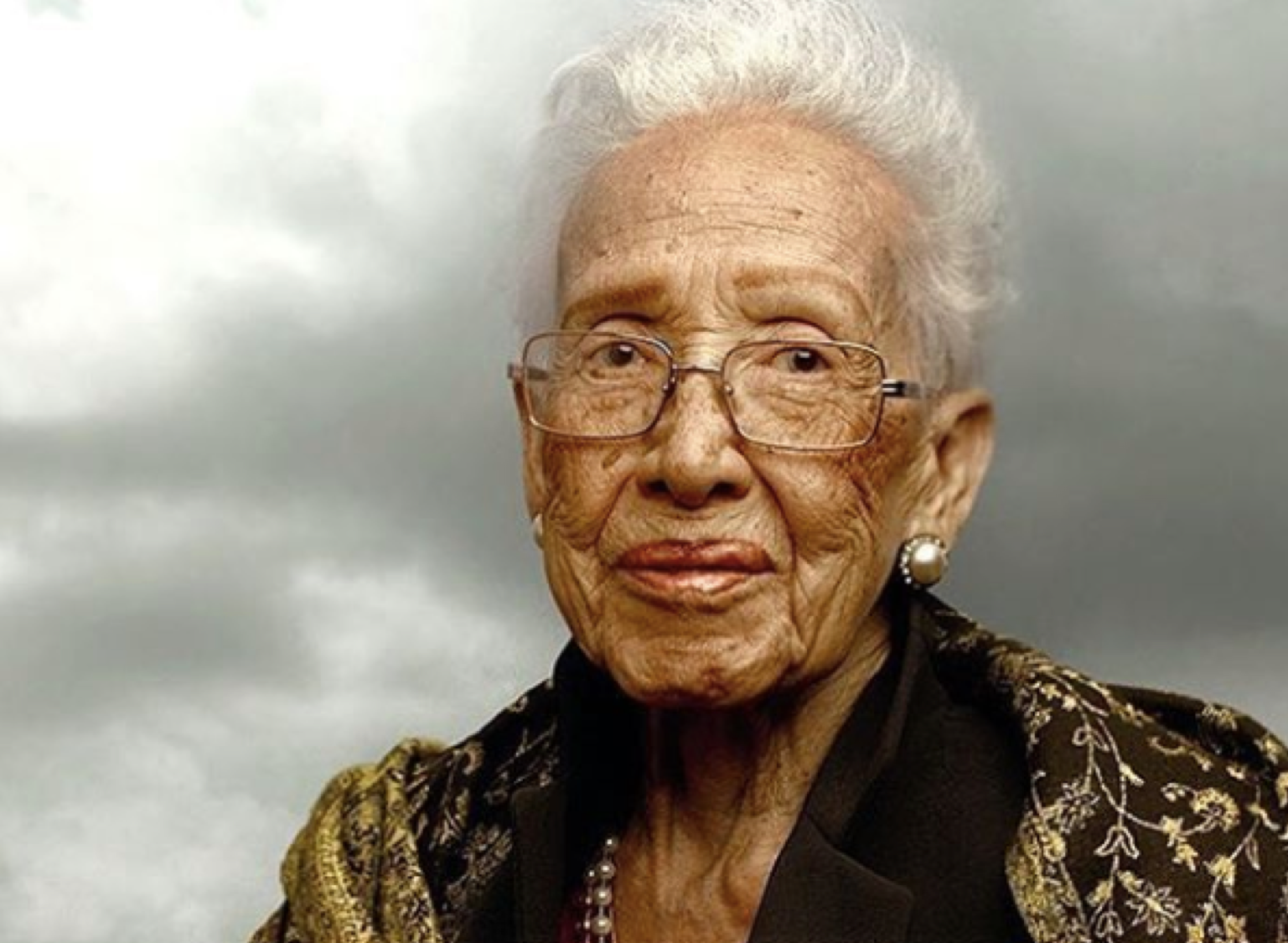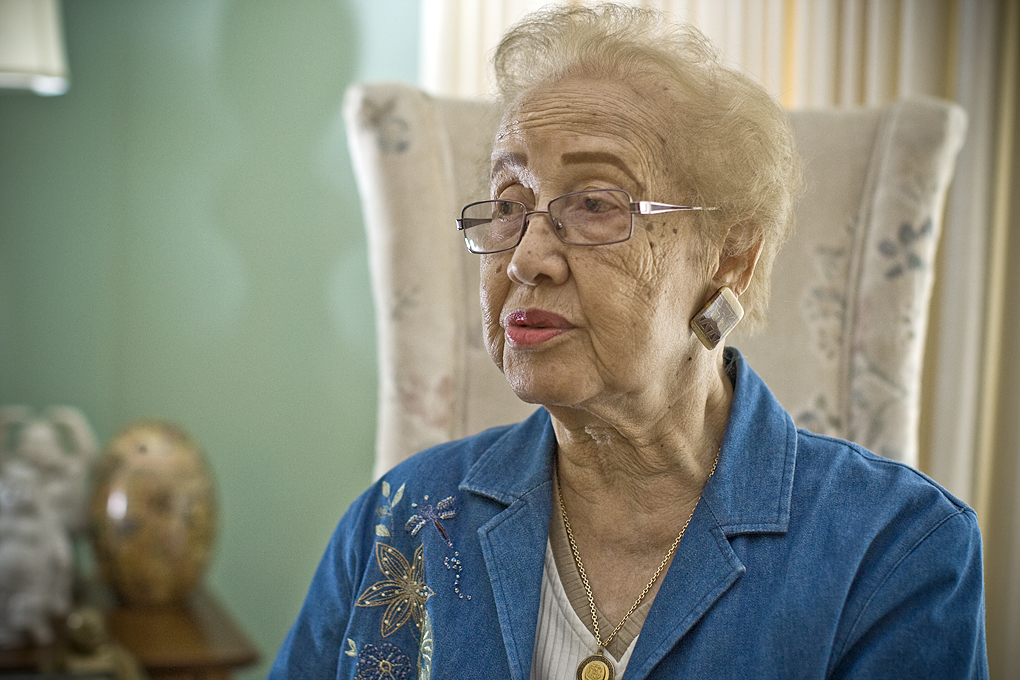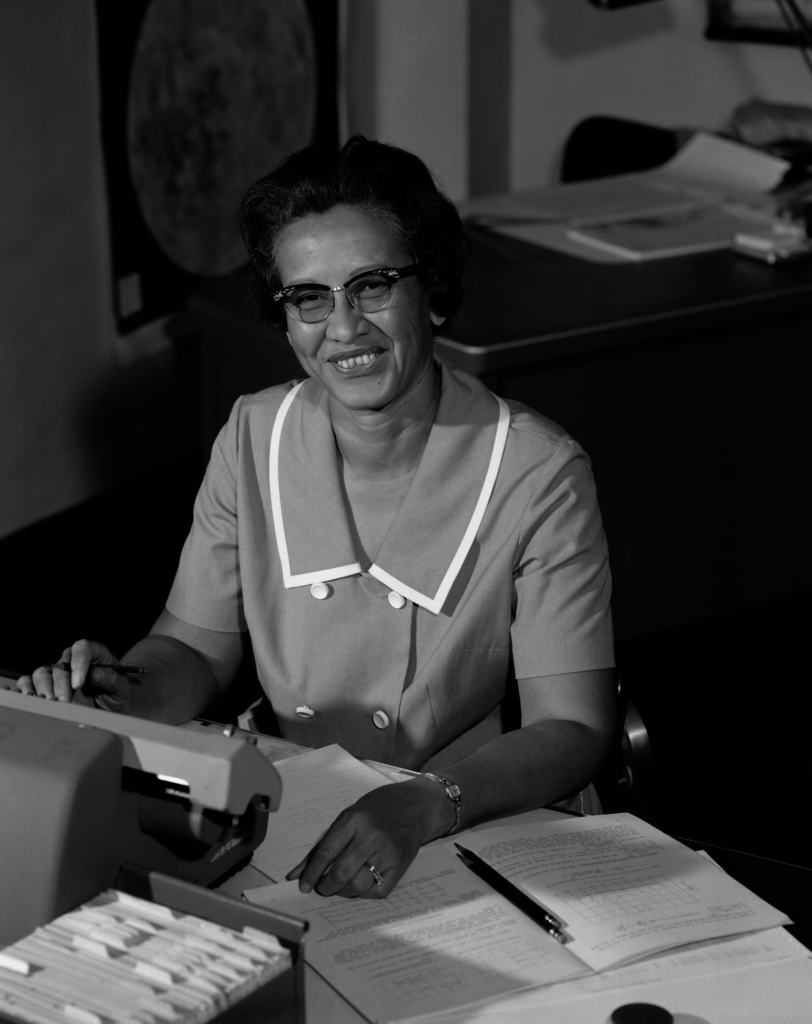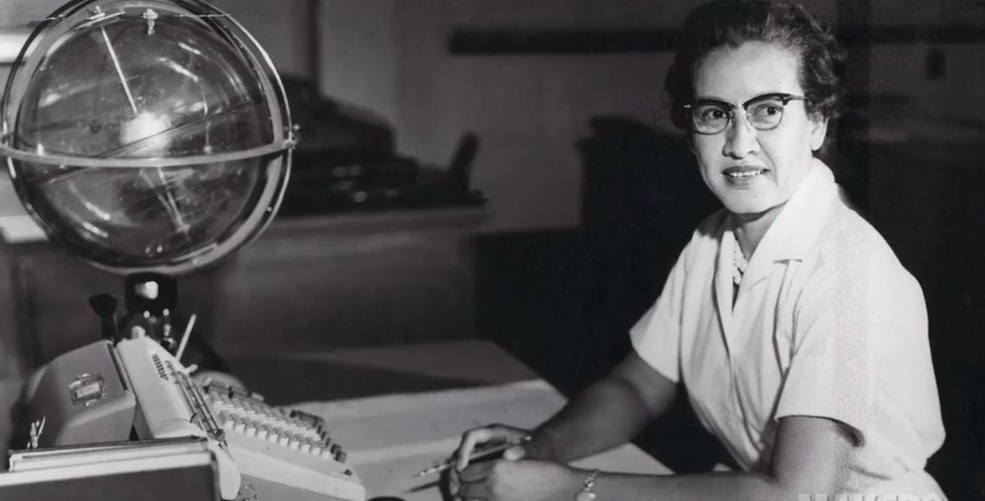
Katherine Johnson, one of the history-making NASA mathematicians known as a "human computer" depicted in "Hidden Figures," died earlier in 2020. Although she is gone at 101, her legacy will live on for centuries.
"Johnson helped our nation enlarge the frontiers of space even as she made huge strides that also opened doors for women and people of color in the universal human quest to explore space," NASA Administrator Jim Bridenstine said in a statement.
In a tweet, he called Johnson "an American hero."
Johnson was portrayed by Taraji P. Henson in the Oscar-nominated 2016 film about trailblazing black women whose work at NASA was integral during the space race.
Born in 1918 in the little town of White Sulphur Springs, West Virginia, Katherine Johnson, a research mathematician, who was simply fascinated by numbers, was born. Fascinated by numbers and able to dissect numbers in so many different forms, Johnson was a high school freshman by the time she was 10 years old. A truly amazing feat in an era when school for African-Americans normally stopped at eighth grade.
“I counted everything. I counted the steps to the road, the steps up to church, the number of dishes and silverware I washed … anything that could be counted, I did,” said Johnson.
MUST SEE: Hidden Figures: The Untold Story That's Long Overdue
But to truly understand how awesome Katherine really was, we have to take a look back at who recognized her talent first.
Katherine's father, Joshua, was determined that his bright little girl would have a chance to meet her potential. He drove his family 120 miles to Institute, West Virginia, where she could continue her education through high school. Johnson's academic performance proved her father's decision was the right one: Katherine skipped though grades to graduate from high school at 14, and graduated college at 18.

In 1953, after years as a teacher and later as a stay-at-home mom, she began...
... working for NASA's predecessor, the National Advisory Committee for Aeronautics, or NACA. The NACA had taken the unusual step of hiring women for the tedious and precise work of measuring and calculating the results of wind tunnel tests in 1935. In a time before the electronic computers we know today, these women had the job title of “computer.” During World War II, NACA expanded this effort to include African-American women.
The NACA was so pleased with the results that, unlike many organizations, they kept the "women computers" at work after the war. By 1953 the growing demands of early space research meant there were openings for African-American computers at Langley Research Center’s Guidance and Navigation Department. That's where Johnson found the perfect place to put her extraordinary mathematical skills to work.

As a computer, she calculated the trajectory for Alan Shepard, the first American in space. Even after NASA began using electronic computers, John Glenn requested that she personally recheck the calculations made by the new electronic computers before his flight aboard Friendship 7 – the mission on which he became the first American to orbit the Earth. She continued to work at NASA until 1986 combining her math talent with electronic computer skills. Her calculations...
...proved as critical to the success of the Apollo Moon landing program and the start of the Space Shuttle program, as they did to those first steps on the country's journey into space.

All her hard work paid off. In November 2015, Johnson received the nation's highest civilian award, the Presidential Medal of Freedom, from President Barack Obama. In their official announcement, The White House cited Katherine's influence on EVERY major space program to date.
She will be missed. Thank you Katherine. You paved the way for so many of us.
Rest in peace.









